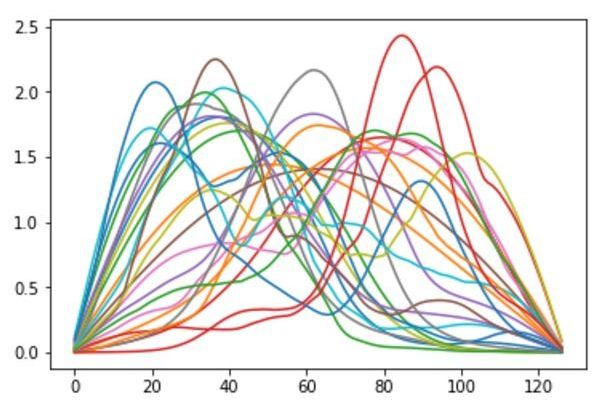The code used below is on GitHub.
In this project, we’ll be solving a problem familiar to any physics undergrad — using the Schrödinger equation to find the quantum ground state of a particle in a 1-dimensional box with a potential. However, we’re going to tackle this old standby with a new method: deep learning. Specifically, we’ll use the TensorFlow package to set up a neural network and then train it on random potential functions and their numerically calculated solutions.
Why reinvent the wheel (ground state)? Sure, it’s fun to see a new tool added to the physics problem-solving toolkit, and I needed the practice with TensorFlow. But there’s a far more compelling answer. We know basically everything there is to know about this topic already. The neural network, however, doesn’t know any physics. Crudely speaking, it just finds patterns. Suppose we examine the relative strength of connections between input neurons and output. The structure therein could give us some insight into how the universe “thinks” about this problem. Later, we can apply deep learning to a physics problem where the underlying theory is unknown. By looking at the innards of that neural network, we might learn something new about fundamental physical principles that would otherwise remain obscured from our view. Therein lies the true power of this approach: peering into the mind of the universe itself.










Comments are closed.